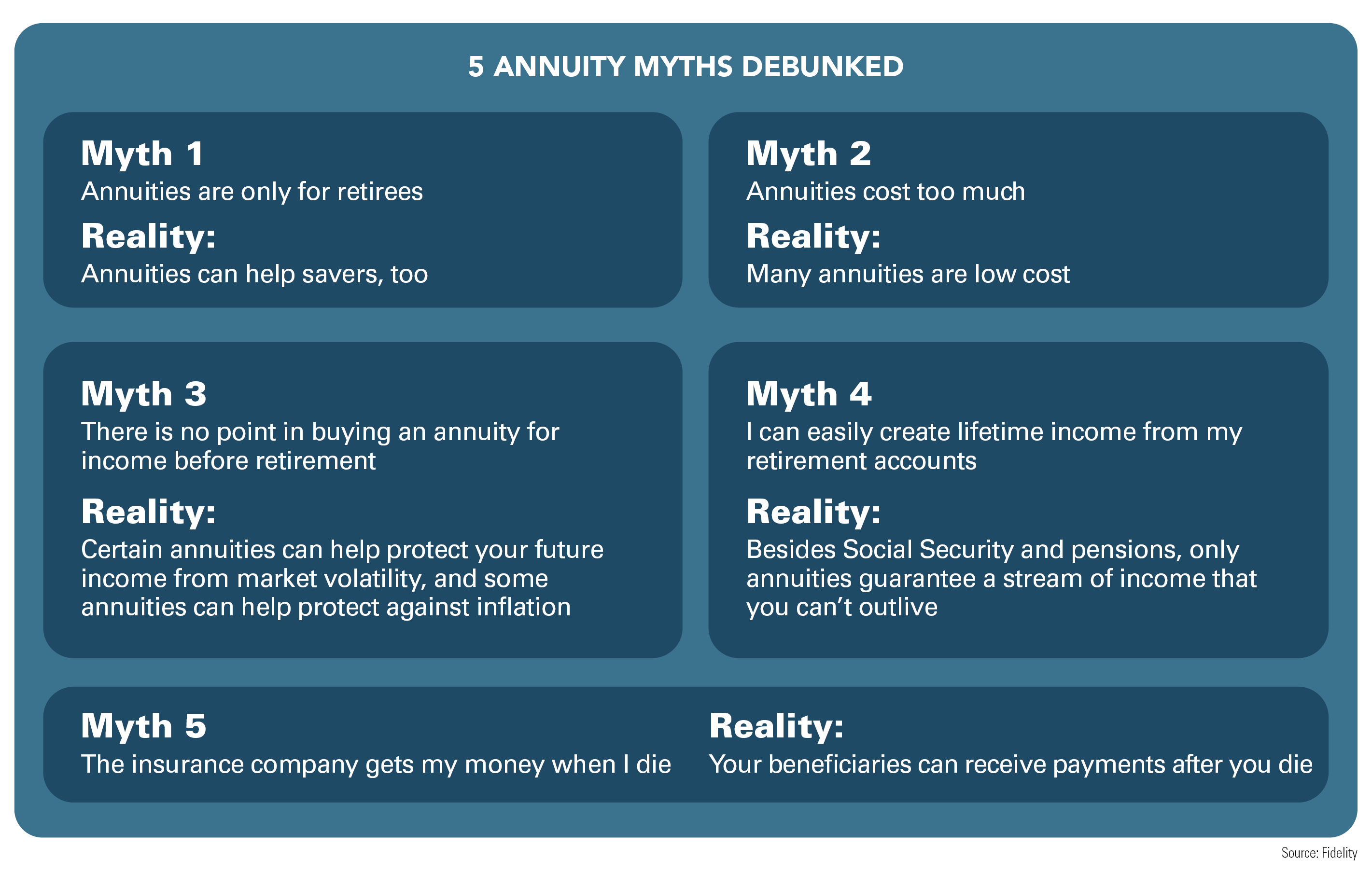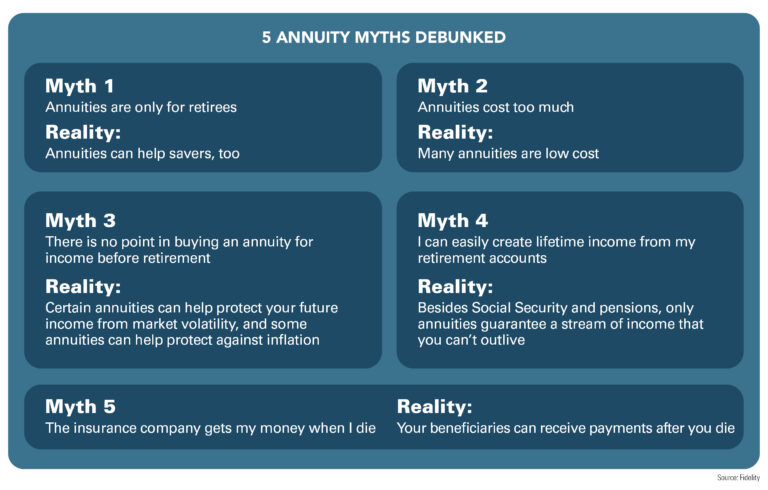The Quest for Certainty in Uncertain Markets
In the first quarter of 2025, US annuity sales reached $105.4 billion, just 1 percent below the record sales of the previous year’s first quarter, according to LIMRA. This surge in annuity sales comes amid a highly volatile market environment, with the S&P 500 index experiencing a negative return of 4.6 percent in the same period. The CBOE volatility VIX, or the market’s ‘fear index,’ nearly doubled from 15 to just below 30 over the first three months of the year.
Financial advisors are increasingly recommending annuities to their clients as a way to provide a sense of certainty and stability in uncertain times. ‘When the market feels like a roller coaster, annuities might be the financial security blanket clients need,’ says Mallon FitzPatrick, head of wealth planning at Robertson Stephens.
Types of Annuities for Different Needs
Advisors are recommending various types of annuities based on client concerns. For clients seeking stability over flexibility, low-cost fixed annuities with guaranteed withdrawal riders are often suggested. ‘These annuities can be the sleepless-night antidote, focusing on steady income for peace of mind,’ FitzPatrick explains.
For clients concerned about equity risk, registered index-linked annuities (RILAs) are considered a viable option. A RILA combines potential growth based on market index performance with protection against losses. Scott Bowers, CEO of FIDx Markets, recommends RILAs for clients worried about equity risk within their portfolios.
Alternatives to Annuities
While annuities provide guaranteed income streams, they are not the only financial instruments offering certainty. Timothy Smith, founder & CEO of Aurora Private Wealth, suggests using buffered structured notes tied to market index performance as a portfolio-calming alternative. These notes offer downside protection and avoid the elevated costs associated with annuities.
Terrell Dinkins, president and founder of OBN Wealth Advisors, recommends sprinkling US Treasuries into portfolios to create a sense of ease and flexibility. Other options include market CDs, high-yield savings accounts, and dividend stocks for income-seekers.
The Benefits of Annuities in Retirement Planning
Michael Finke, professor and Frank M. Engle chair of economic security at The American College of Financial Services, emphasizes that annuities provide protection against longevity risk, which traditional investments cannot match. ‘For a risk-averse retiree, an annuity should allow you to spend about 30 percent more each year without the fear of running out in old age,’ Finke notes.
To make annuities more appealing, Finke suggests framing their benefits in terms of lifestyle rather than investment. ‘If you have a goal of spending $3,000 a month on top of Social Security to cover basic expenses, you can use a smaller percentage of your overall portfolio to cover this income goal through an annuity than through bonds,’ he explains.

Conclusion
In a market characterized by uncertainty and volatility, annuities are becoming an increasingly popular choice for clients seeking guaranteed income streams. By understanding the different types of annuities and their benefits, financial advisors can help their clients achieve greater financial security and peace of mind in retirement.


